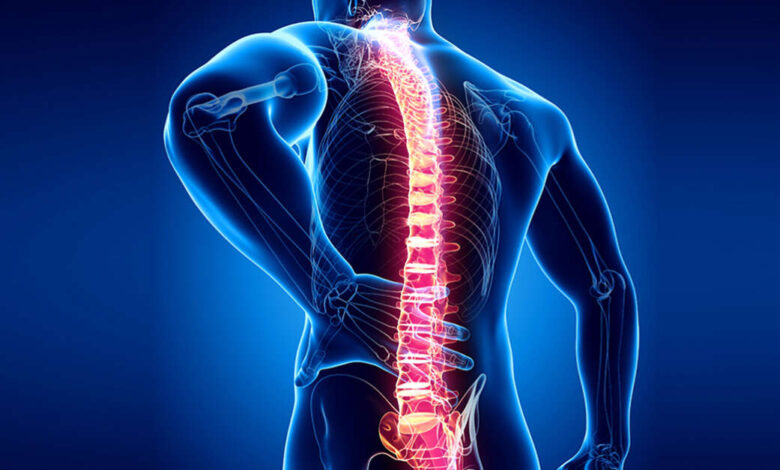FIX24: How To Treat Spinal Stenosis – A Comprehensive Guide

The spine is a complex structure that can cause problems for both the patient and the healthcare team. As anyone who has ever had to deal with a back injury or broken bone knows, the condition of the spine can sometimes be difficult to detect. Unfortunately, this is also the case when it comes to spinal stenosis.
If left untreated, this condition can lead to serious complications down the line. It is one of the most common diseases of the spine. Fortunately, there are some ways you can treat spinal stenosis that doesn’t require any surgery and help to prevent future problems down the road.
What Is Spinal Stenosis?
Spinal stenosis is a condition in which the narrowing of the spinal canal becomes too constricting for the spinal fluid to flow properly. As a result, the pressure inside the spine increases and can cause serious issues down the line. This can occur due to several reasons but often results from a decline in the number of hormones in the body that regulate pressure inside the spine.
How Common Is Spinal Stenosis?
Spinal stenosis occurs in 1 in 4 people at some point in their life. It is more common in people between the ages of 50 and 59 but is also common in younger people. It is most common in people between the ages of 20 and 39, accounting for one in six patients. This condition is more likely to develop in people who are over 40
Different Types Of Spinal Stenosis
There are many different types of spinal stenosis, but the most common type is known as open or congenital. This type occurs when the condition is present at birth and is inherited as an autosomal recessive trait.
Open congenital spinal stenosis is the most common type and presents very similar to infantile spina bifida. The spine is quite spongy at birth, and the child may not be able to walk or use a vehicle seat until they are about three months old.
The Long-Term Effects Of Spinal Stenosis
Spinal stenosis can be very harmful to a person’s health over the long term. The condition can cause significant discomfort and even disability over the long term. The pain associated with this condition can last for years. Some people also develop stenosis due to old age, in which case they will experience intermittent back pain with increased activity levels.
When the stenosis in your child’s spine causes significant pain, it can be difficult to tell if it is due to legitimate climbing or gymnastic exercises. It is important to remember that every time you get out of your chair and start climbing or carrying groceries, you are putting pressure on your spine.
Conclusion
Spinal stenosis is a condition affecting both children and adults that can develop due to a decline in the body’s ability to maintain homeostasis. The condition is characterized by abnormal narrowing of the spinal canal due to an increase in pressure inside the spine. There are a variety of ways to treat spinal stenosis, but the most common is surgery.
If your child has spinal stenosis, you will want to find a doctor that specializes in spine surgery. There are a variety of ways to treat spinal stenosis, Check it out to help your child today!



